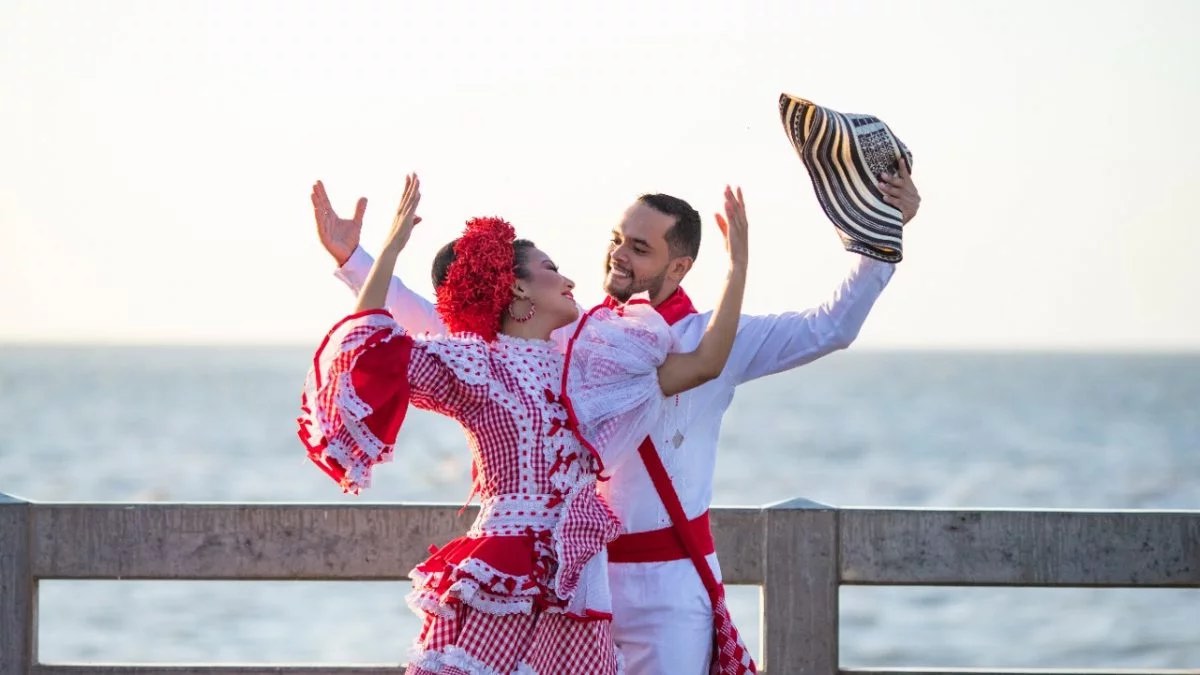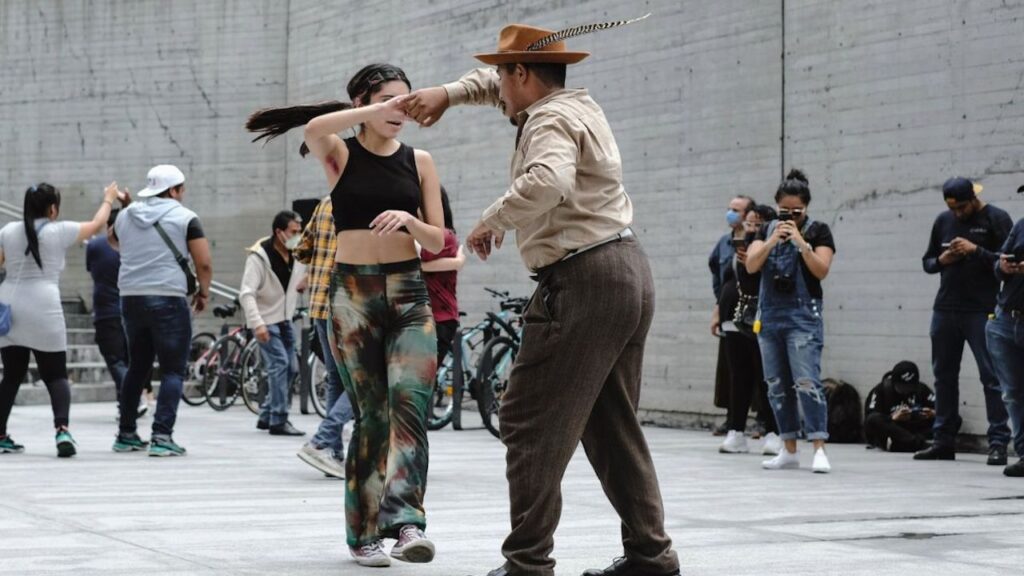
Which dance is better: salsa or bachata?
In recent years, two dance styles have particularly captivated the global stage, emerging from their Latin American origins to seize international spotlights. Salsa and Bachata, while sharing a common lineage in the rich tapestry of Latin culture, have distinct identities and narratives that shape their trajectories in the world of dance.
Both styles carry within them a potent blend of history, emotion, and artistry, offering dance enthusiasts a vivid window into Latin American ethos.

Vivacious Rhythmic Phenomenon
Born from the vibrant heartbeats of Cuban and Afro-Caribbean rhythms, salsa’s rise to global prominence was catalyzed by its entrance into the bustling cultural melting pot of New York City during the 1960s and 1970s. While the very essence of salsa is woven with energy and dynamism, what truly sets it apart is its intrinsic connection to community and celebration.
The music that accompanies salsa typically rides on a 4/4 beat, known for its brisk tempo, an embodiment of the lively spirit of the dance itself. Footwork in salsa isn’t just about technique; it’s a testament to dexterity, where rapid steps intertwine with the syncopated beats, bringing out the rhythmic complexity of the music. Beyond the steps and spins, the very heart of salsa lies in partnership.
The dancer’s interactions, be it turns or intricate hand movements, necessitate seamless communication, a testament to the dance’s roots in communal celebration.
Salsa isn’t just a dance; it’s an ever-evolving entity. With its growth, various regional styles, including Cuban, Puerto Rican, and the glitzy New York style, have emerged, each offering a distinct flavor. Yet, irrespective of the style, salsa’s indomitable spirit remains consistent, making it a favorite in clubs and dance events, where its electric energy becomes contagious.

Dance of Heart and Soul
In contrast to the vivacity of salsa, bachata offers a more intimate dance experience. Originating in the Dominican Republic, bachata, which began as a guitar-driven music genre, chronicles tales of love, heartbreak, and daily life, echoing the narratives of the Dominican countryside and its people.
Its 4/4 beat music might share a time signature with salsa, but its tempo is slower, allowing dancers to luxuriate in each note, translating the music’s poignant tales into movements. In bachata, the connection between partners isn’t just about coordination; it’s deeply personal, sometimes veering into the realm of the intimate.
The steps may be simpler compared to the fiery footwork of salsa, but their simplicity often amplifies the emotional weight the dance carries. Bachata also introduces dancers to the beauty of body isolation, especially the enchanting sway of the hips, adding to its unique charm.
Just as salsa has its variations, bachata too isn’t monolithic. Traditional, modern, and urban styles each have their own interpretations, enabling dancers to bring their distinct flair while staying rooted in bachata’s essence. With its emotional depth, it’s no surprise that bachata has cemented its place in dance scenes worldwide, becoming a favorite for those yearning for a deeper connection on the dance floor.

Personal Resonance
In the face of the global rise of both salsa and bachata, debates often arise about the superiority of one over the other. However, such comparisons might be reductive. Both these dance forms, with their distinct identities, cater to varied emotional landscapes.
Salsa, with its infectious energy, can elevate moods, turning any space into a vibrant celebration. Bachata, with its emotive depth, offers a more introspective journey, sometimes melancholic, but always heartfelt.
The beautiful dichotomy between salsa and bachata serves as a reminder of the vast and rich cultural heritage of Latin America. Each dance, in its own right, offers a bridge to this world, urging dancers and audiences alike to immerse themselves in its stories, rhythms, and passions.

The Dance Continues
Whether one is drawn to the exuberant beats of salsa or the soulful rhythms of bachata, what remains undeniable is the power of dance to transcend borders, resonate with diverse audiences, and serve as a testament to the rich tapestry of Latin culture. As the world increasingly turns its attention to these Latin dance forms, one must wonder: What other stories, from myriad corners of the globe, await their moment in the spotlight?
If you’re ready to take the plunge and embark on your future as a latin dancer, check out Salsa Sana, learn all about the dancer life and start your dance training online.



